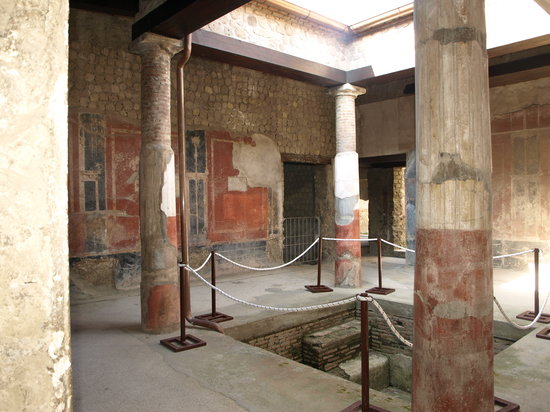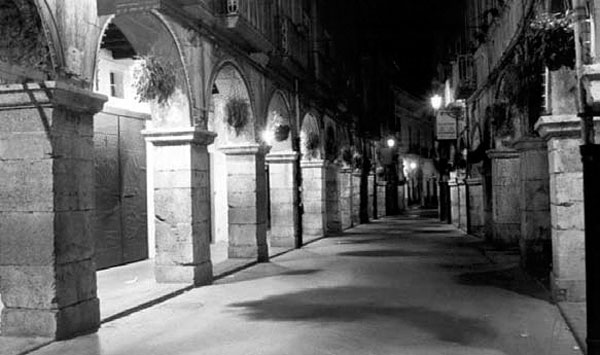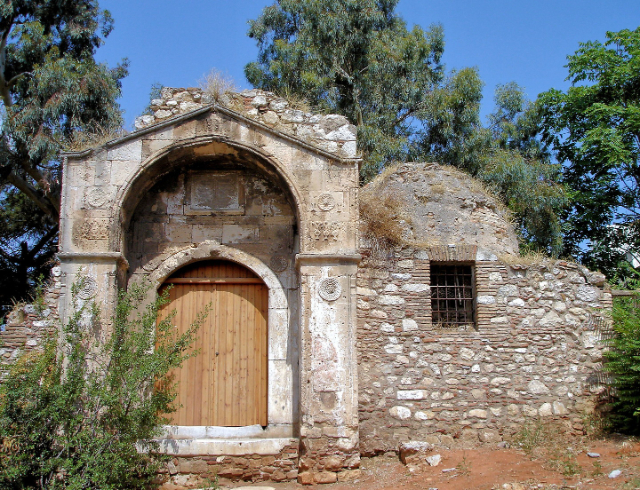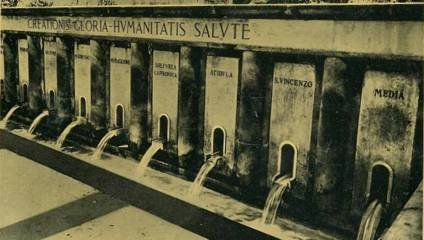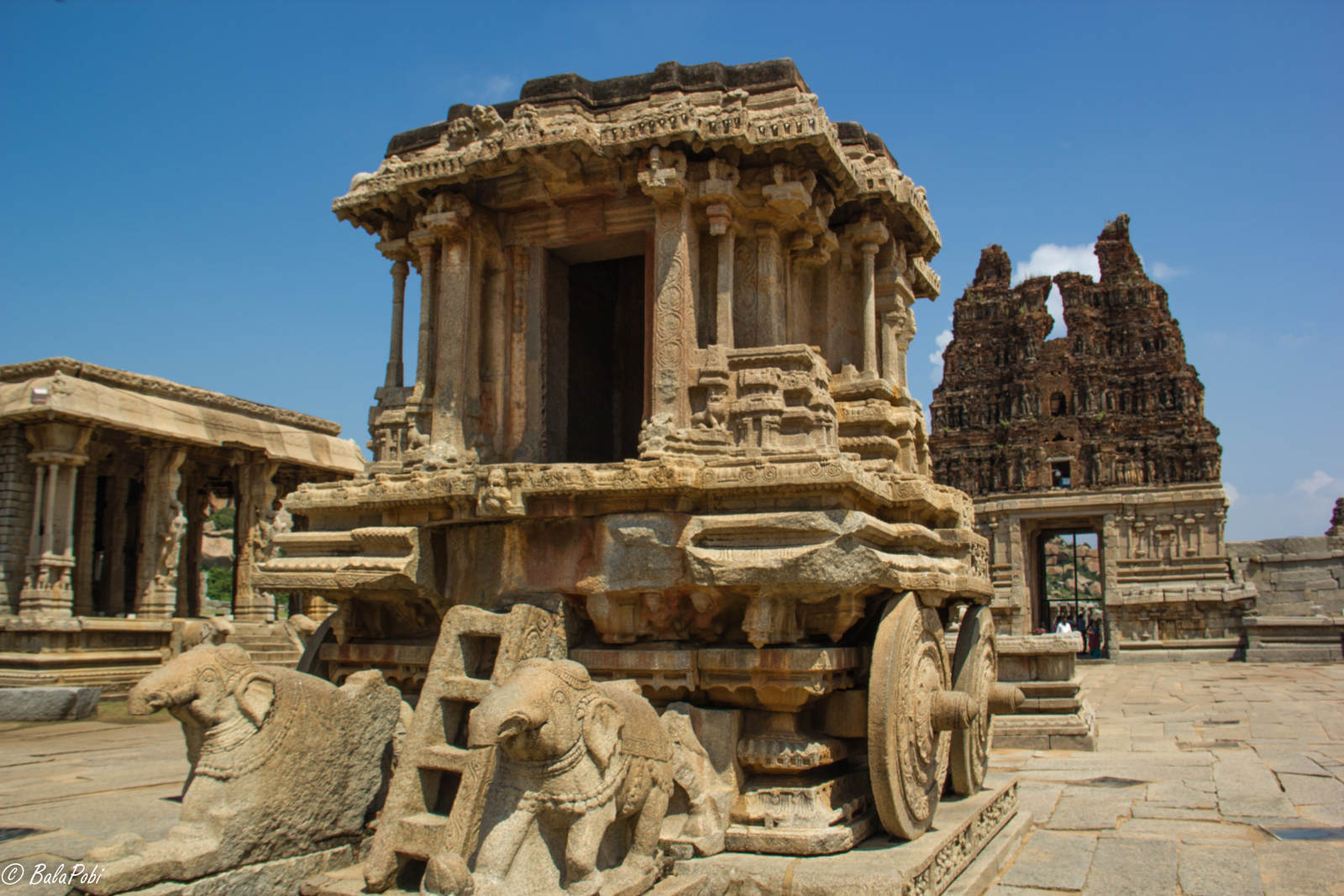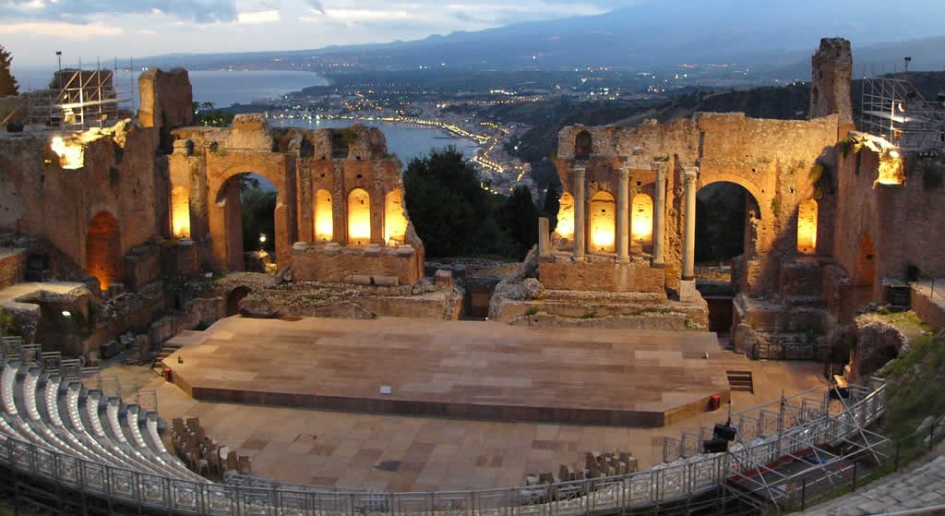The villa, which takes its name from a painting depicting abandoned Ariadne, was initially excavated in the Bourbon Age, in the second half of the 18th century, by Carlo Weber. The overall appearance can now be reconstructed by integrating the Bourbon plans of the excavated and then buried areas with those of the parts brought to light. The most consistent nucleus includes the sequence of the entrance, the square peristyle and the atrium according to the Vitruvian succession typical of suburban residences. The residential structure dates back in its original nucleus to the late Republican period, but was later enlarged, with the addition of a series of panoramic rooms, during the first century AD. In the archaeological area it is possible to identify the thermal district, with praefurnium and calidarium (for hot water baths) apsidal, originally decorated in opus sectile. Among the visible frescos there are the painting of Ariadne abandoned in Naxos, on the back wall of the wide triclinium; Ganymede kidnapped by the eagle, in the annexed vestibule, Perseus and Andromeda, in an adjoining room. Along the portico, on which the summer triclinium opens, there are residential rooms, some of them enriched by wall decorations with white and yellow background. A little further on is the wide peristyle, which extends for a total length of 370 metres and repeats the canon indicated by Vitruvius. On the opposite side there is the republican nucleus of the villa: in it cubicles with valuable mosaic decorations are articulated around the atrium-peristyle canonical axis, typical of the Vesuvian residences of the first century BC.
